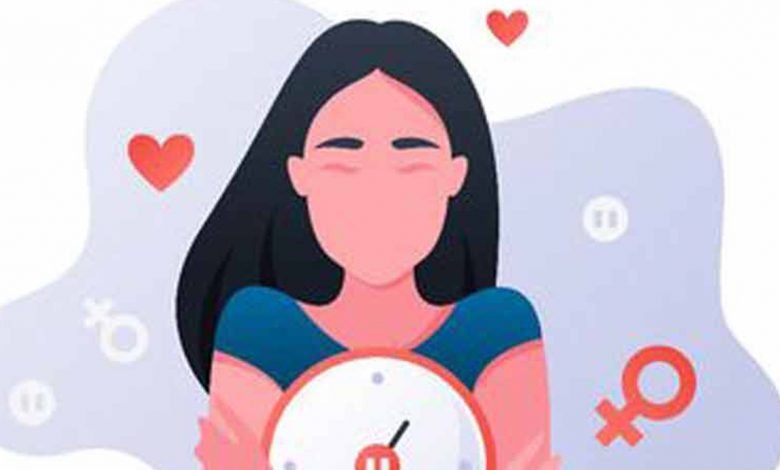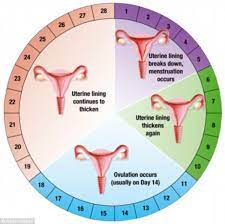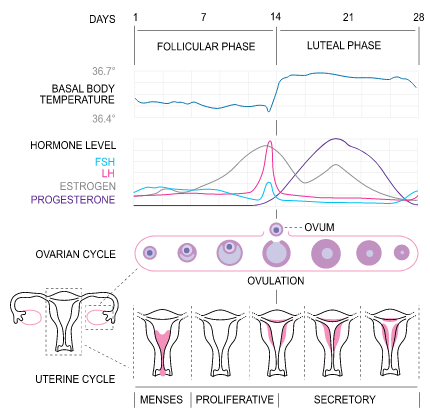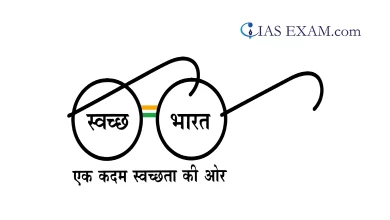
Context – Menstrual leave is a workplace policy that allows female employees to take time off from work during their menstrual cycle due to physical discomfort or pain.
This policy has been a topic of debate, with some arguing that it is necessary to accommodate the needs of women during their period, while others argue that it creates discrimination and reinforces gender stereotypes.
Why in News?
Recently, the Kerala government announced that the state government will grant menstrual leave for female students in all state universities under the Department of Higher Education.
The declaration occurred shortly after the Cochin University of Science and Technology (CUSAT) announced the decision, in response to a request by the students’ union, to grant menstruation leave to all of its female students.
Why the Debate?
- Widespread Conversation in Recent Years – The adoption of voluntary menstrual leave policies by some companies in recent years has led to a widespread conversation on periods in India.
- Termed as Special leave for Women – When the Bihar government implemented a period leave policy in 1992, it was termed special leave for women due to the stigma attached to the word menstruation.
- Normalizing Conversation – The recent initiative by employers to provide period leave has been discussed and debated in the public sphere, thereby normalizing the conversation around menstruation to an extent.
- Who are Menstruators? – Menstruators is an inclusive term that refers to individuals who have female reproductive anatomy and experience menstrual periods. It includes women, trans men, and non-binary persons as well. This biological process also decouples menstruation from womanhood.
Arguments in Favor
- Biological process comes with physical pain – Though menstruation is a biological process, it is accompanied by cramps, nausea, back and muscle pains, headaches, etc.
- Polycystic ovary syndrome (PCOS) – Additionally, these can take a debilitating form amongst menstruating people who suffer from polycystic ovary syndrome (PCOS) and endometriosis.
- For instance, In India, 20% of menstruators have PCOS and approximately 25 million suffer from endometriosis. The intensity of pain can vary for individuals for a variety of reasons.
- Acknowledges the reality – For many menstruators, it is a biological process intertwined with medical symptoms. Mandatory period leave is an affirmative action policy that acknowledges this reality.
- Kerala Government’s announcement is a welcome step – The Kerala government’s announcement to grant menstrual leave to all female students of state universities is a welcome move that takes the discourse a step further into educational institutions.
- Should be replicated across universities and schools in India – This will also help reduce the drop-out rates of female students from government schools in rural India caused by the lack of clean toilets, running water, sanitary pads, etc.
Arguments Against
- Fear of bias in hiring – The major opposition to a menstrual leave policy is the fear of bias in hiring due to the financial costs to employers. Discriminatory hiring has been a cause of concern in many countries.
- Probable decline in women labor force participation – It is often equated to the decline in the labor force participation of women following the introduction of mandatory paid maternity leave.
- Medicalising normal biological process – Period leave is often seen as medicalising a normal biological process.
Case Studies
- A widely accepted menstrual health framework can also ameliorate the conditions of female workers in the unorganized sector.
- In Maharashtra’s Beed district, contractors in the sugarcane industry do not hire anyone who menstruates.
- More than 10,000 female sugarcane cutters have had to surgically remove their uteri to secure work.
- Most of them are in their twenties and thirties, and now experience various post-surgery health complications. Such exploitation is a human rights violation.
Way Forward
- Need to bridge the Gaps – The path to equality does not lie in inaction due to fear of further discrimination. What is needed is a holistic outlook aimed at bridging existing gaps.
- Comprehensive and inclusive approach is a must – The implementation of menstrual leave should be based on a comprehensive and inclusive approach that takes into account the needs and rights of all employees, regardless of gender.
- Mandatory self-care leaves as an alternative – Employers should be made to introduce a mandatory self-care leave as an alternative to period leaves for those who cannot avail of the latter. Employees should be able to utilize their self-care leave as they deem fit. This will reduce burnout and increase productivity.
- Self-care leave will also destigmatize menstruation – The names menstrual leave and self-care leave will also destigmatize menstruation and self-care respectively. Further, employers should be made to implement a stringent diversity, equity, and inclusion (DEI) framework.
- Safeguards menstruators in unorganized sector – A formal menstrual leave policy in the organized sector can act as a catalyst in safeguarding menstruators in the unorganized sector too.
Conclusion
Menstrual health is a public health issue. Considering the sizable population of menstruators in India who face stigma, period leave cannot be dismissed anymore as a foreign concept. It is a pivotal step in ensuring proper reproductive health equity in India.







.png)



